Hot Products
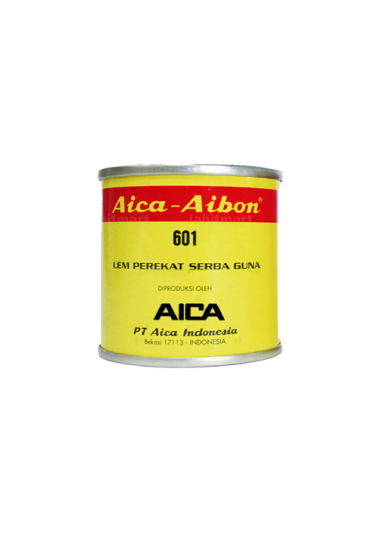
Aibon 601 (70 gr)
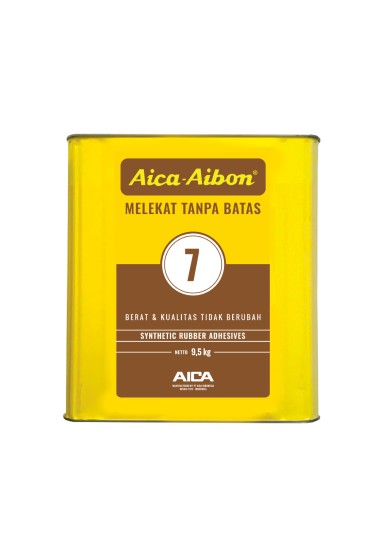
Aibon 7 (9.5 kg)
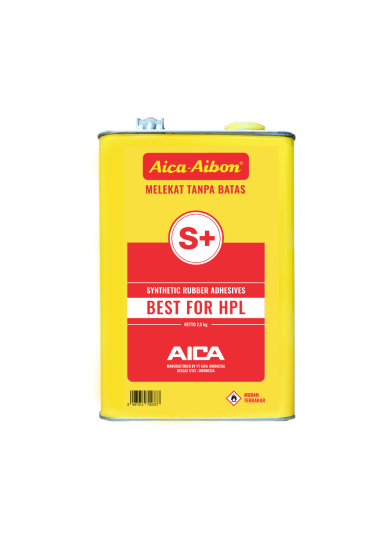
Aibon S+ (2.5 kg)
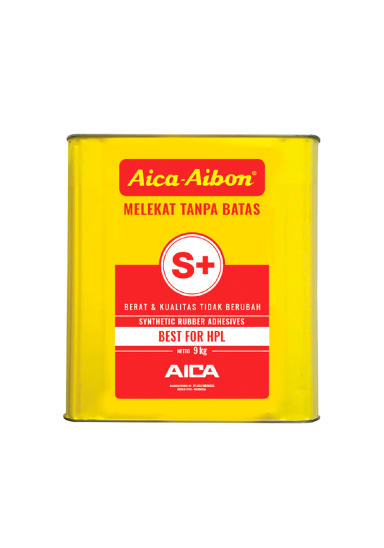
Aibon S+ (9 kg)
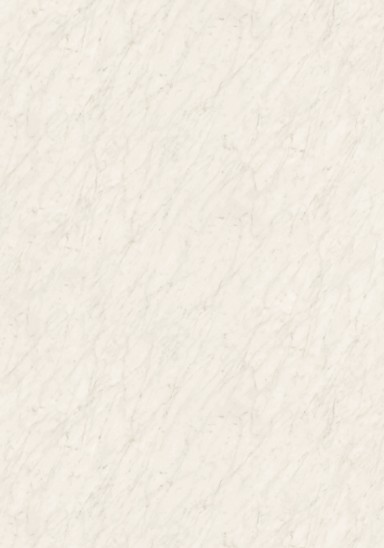
HAK-14038-ZM83
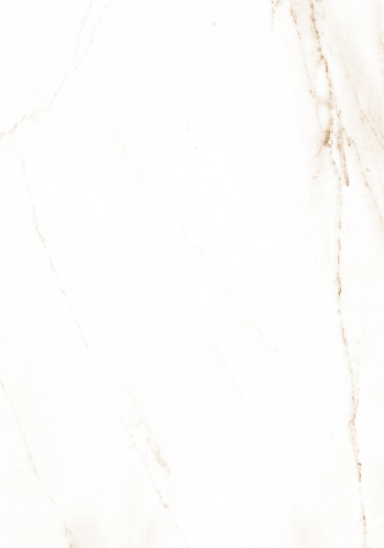
XKAF-14198-ZMN
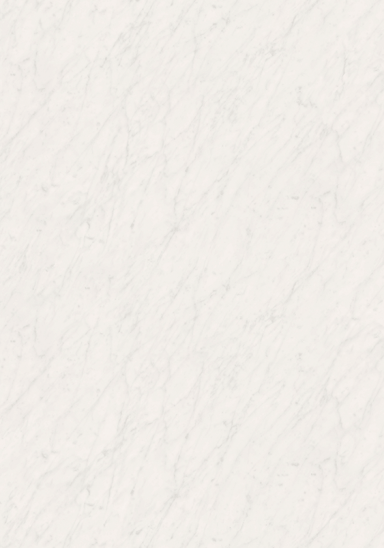
XKAF-14038-ZMN
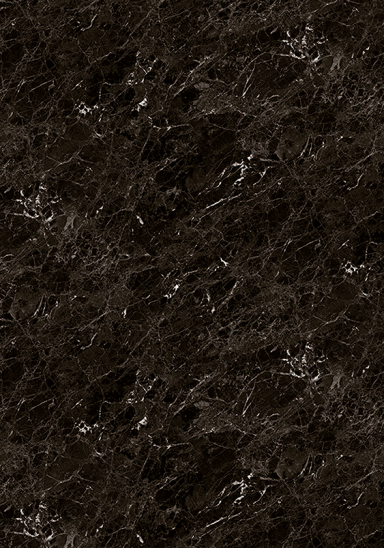
XKAF-14040-ZMN
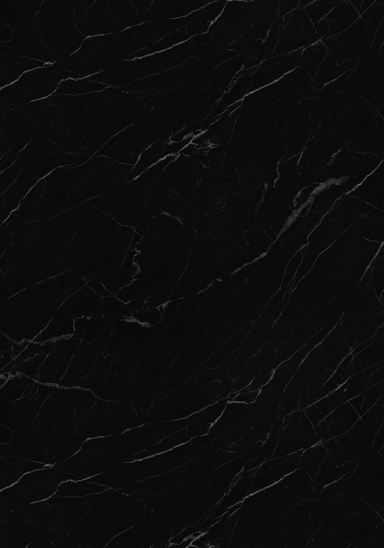
XKAF-14146-ZMN
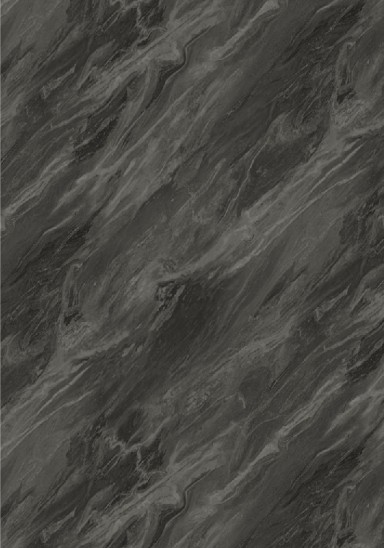










HPL (High Pressure Laminate) adhesive is an adhesive used in the process of attaching HPL (High Pressure Laminate) materials as a finishing in interior and furniture projects. This adhesive is a popular choice for furniture finishing and wood surface coatings, ensuring strong and durable adhesion. Selecting the right type of HPL adhesive is crucial, as it will affect the final result, durability, and beauty of the furniture. This article will discuss the various types of HPL adhesive and their advantages.
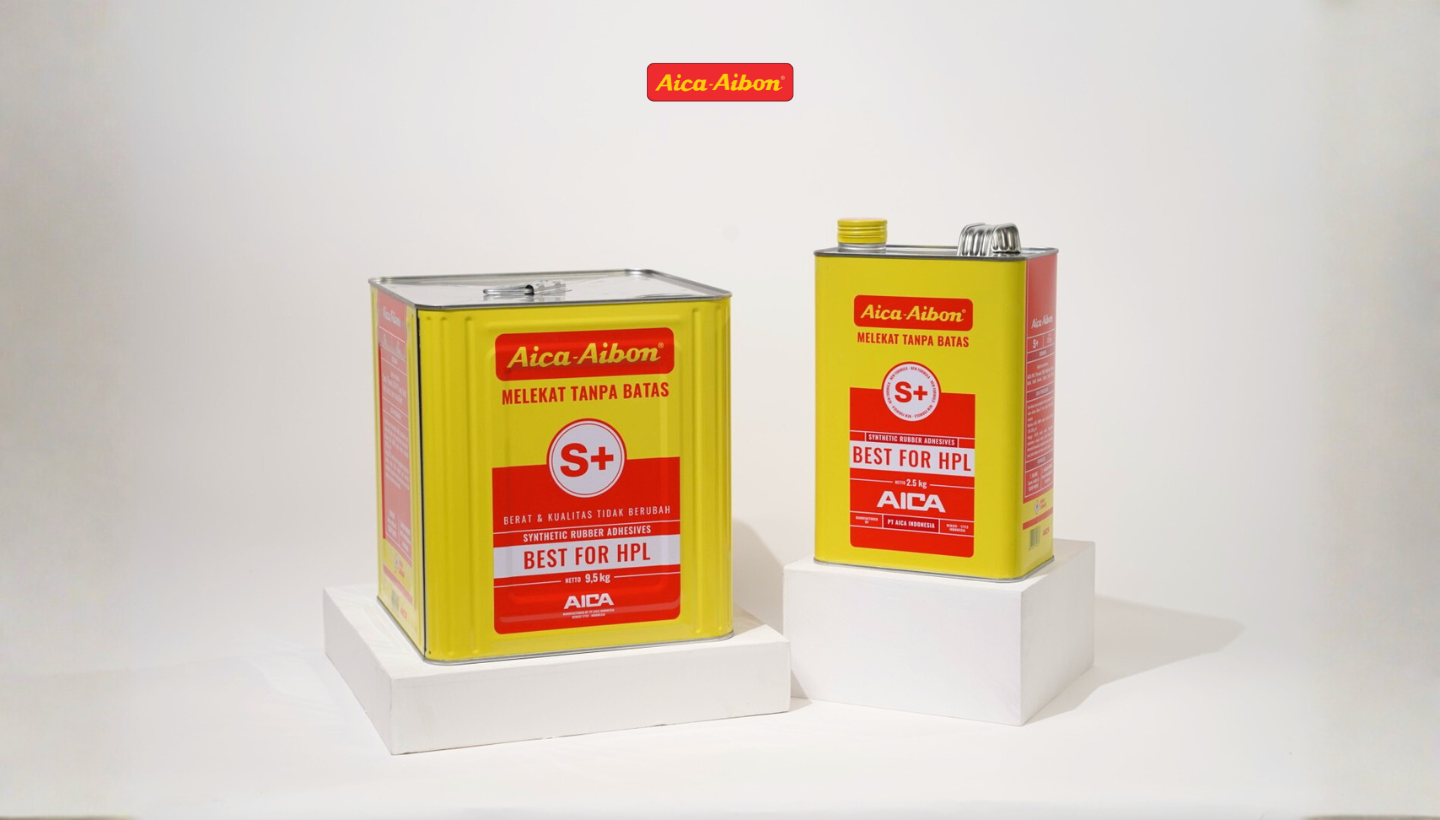
The most commonly used type of adhesive for HPL installation is yellow adhesive, or contact adhesive. This adhesive is made from synthetic rubber and offers high adhesion.
Advantages of yellow adhesive as an HPL adhesive:
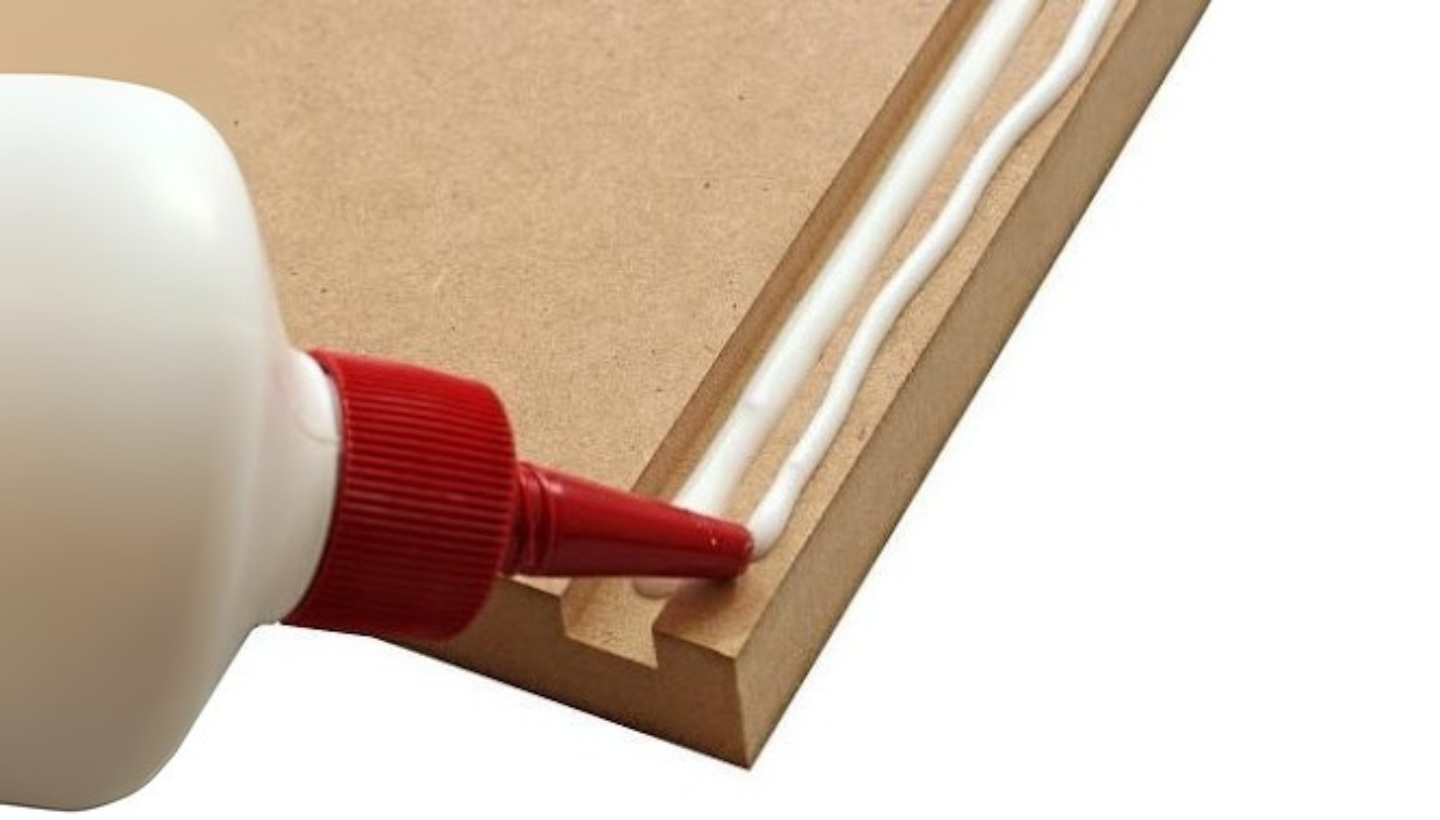
White adhesive, or PVAc, is usually used for woodworking, but it can also be applied as an additional adhesive when installing HPL.
Advantages of white adhesive for HPL:
However, because its adhesive strength is not as strong as yellow adhesive, white adhesive is usually only used as a supporting adhesive.
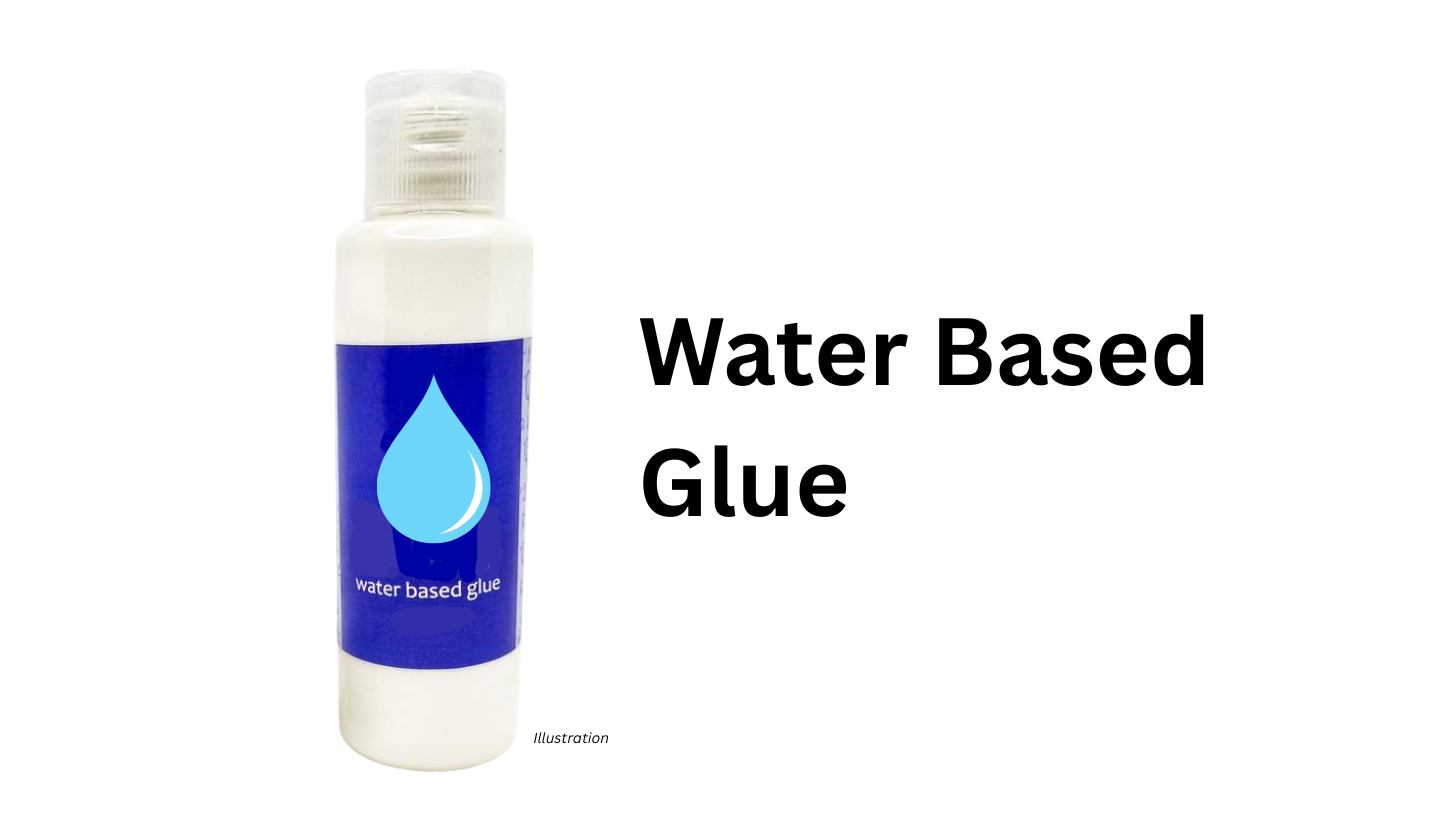
With the advancement of technology, water-based HPL adhesive is now available, which is more environmentally friendly. This adhesive uses a water base, making it safe and low-emission.
Advantages of water-based adhesive for HPL:
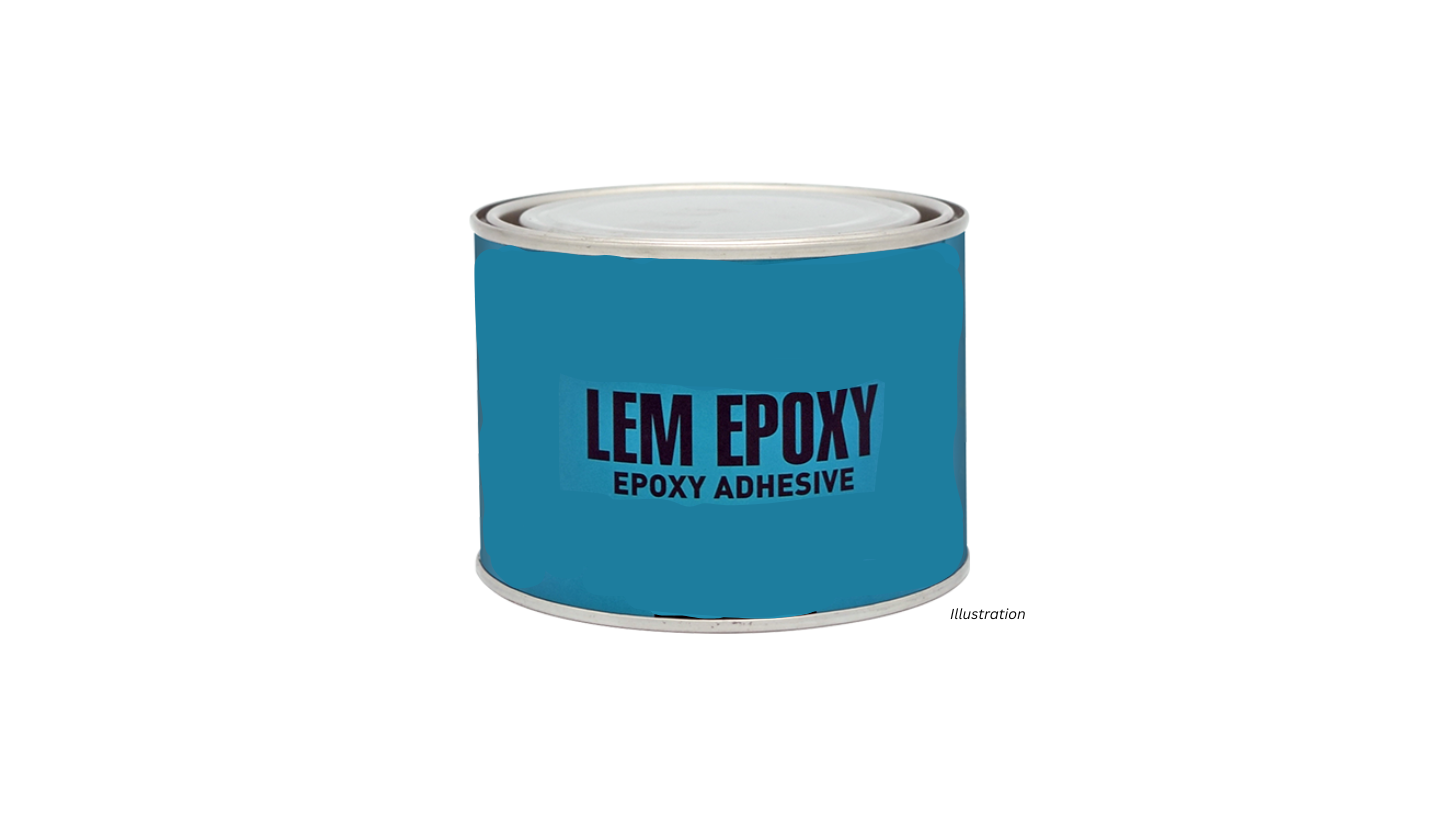
Anothe one, there are also acrylic and epoxy adhesives that can be used for special HPL applications, especially in areas that require extra durability.
Advantages of acrylic/epoxy adhesive for HPL:
Choosing the right HPL adhesive significantly impacts the quality of your furniture's finish. From practical yellow adhesive to environmentally friendly white adhesive, to more modern water-based adhesive—each has its own advantages depending on your needs. By understanding the various types and their functions, you can make the best choice to ensure a strong, neat, and aesthetically pleasing finish.
-
The best Japanese-quality HPL adhesive? Choose Aica Aibon S+.
Trusted in Indonesia since 1974, Aica Aibon is a trusted yellow adhesive brand with strong adhesive quality. Now available in an HPL adhesive variant, Aica Aibon S+. Learn more about Aica Aibon S+ adhesive through the official Aica Indonesia WhatsApp.
You can find Aica Aibon S+ HPL adhesive through the entire AICA Indonesia agent network, check here.
SHARE